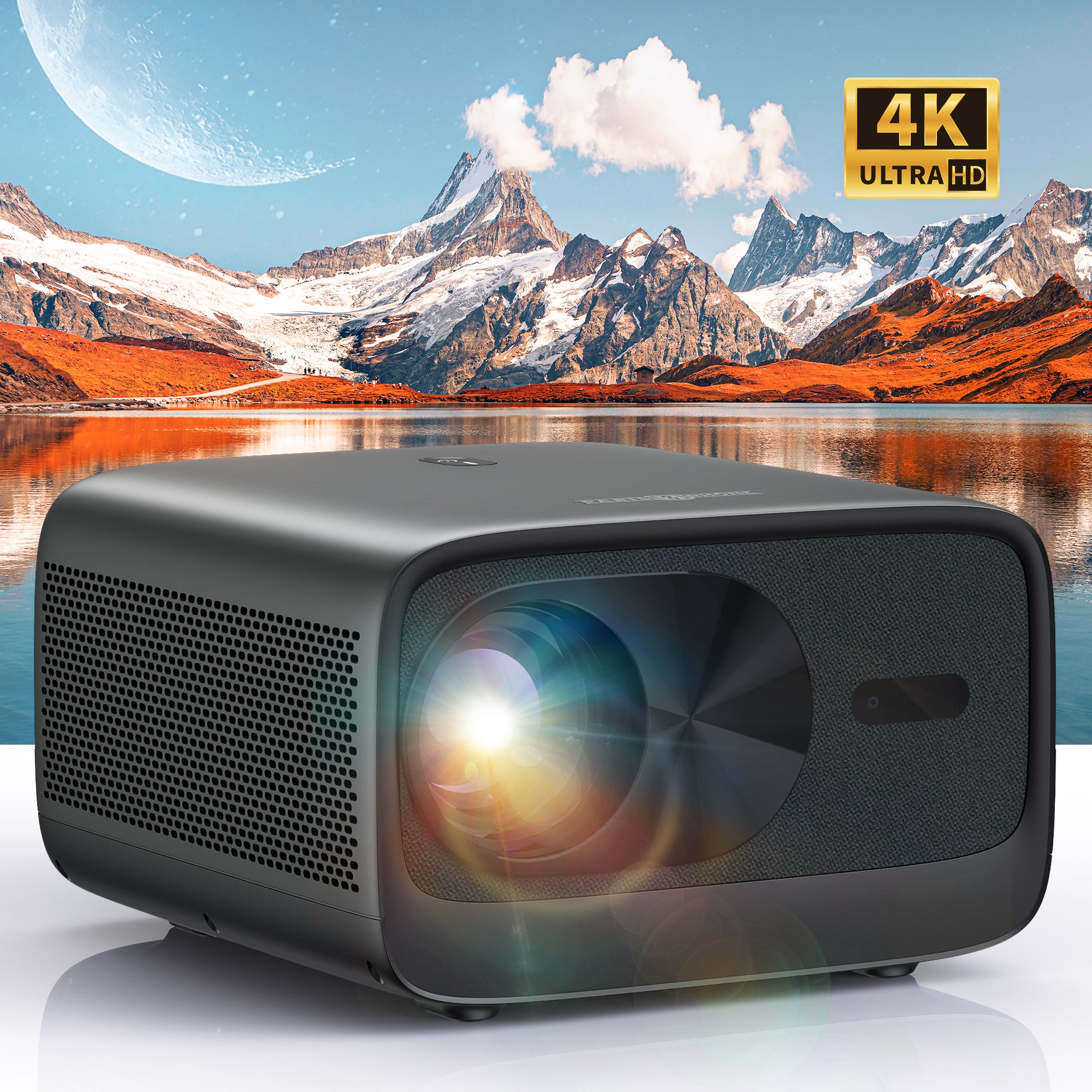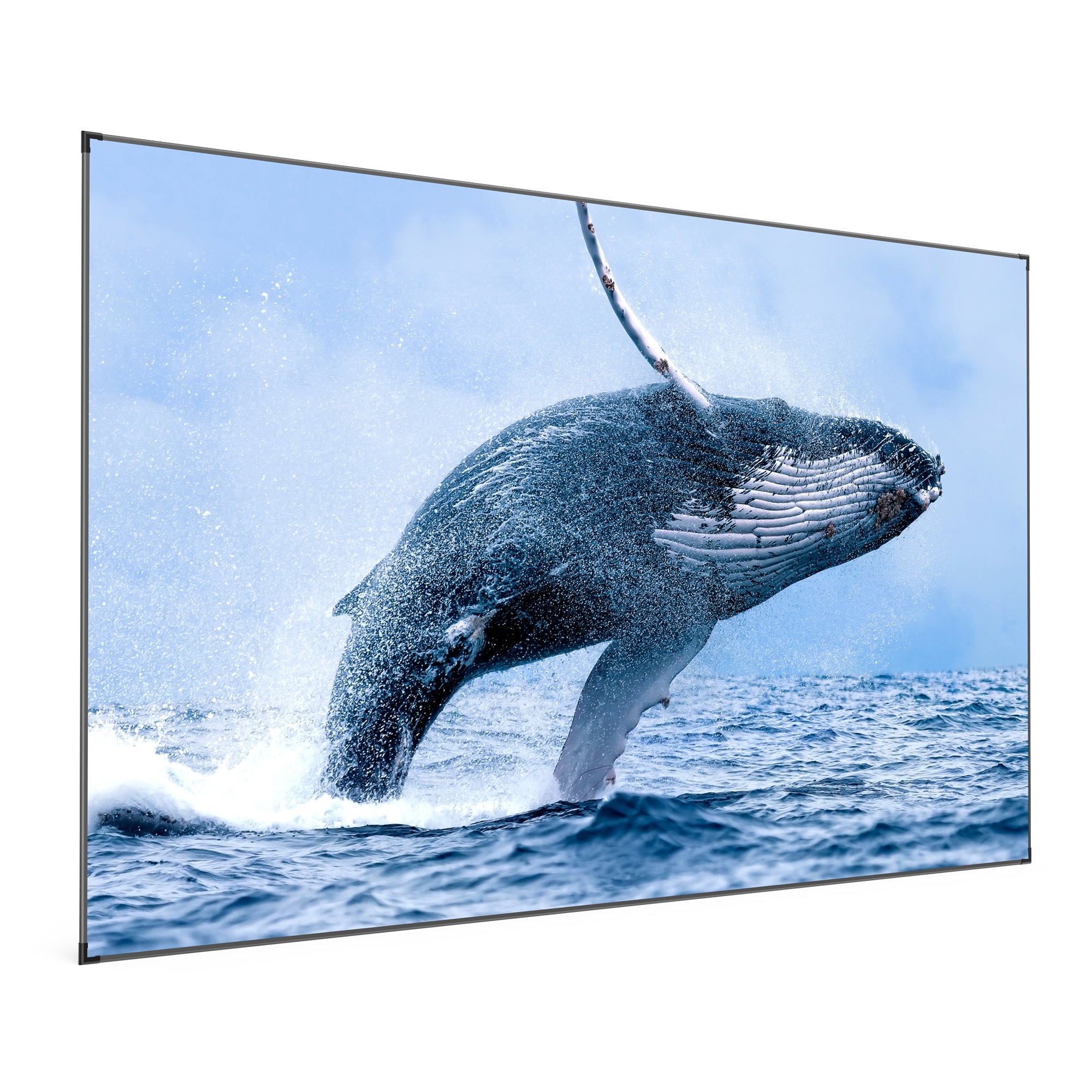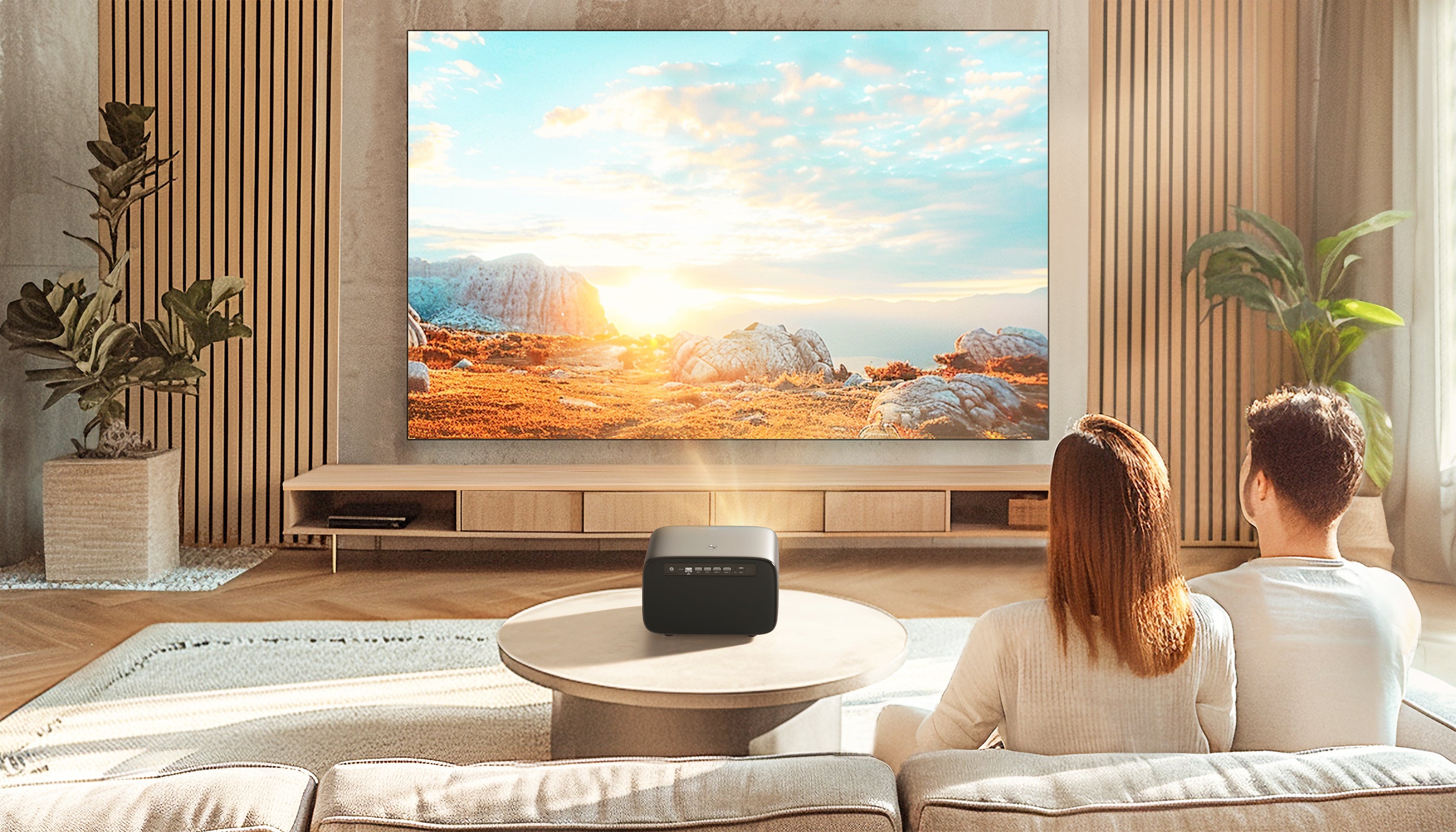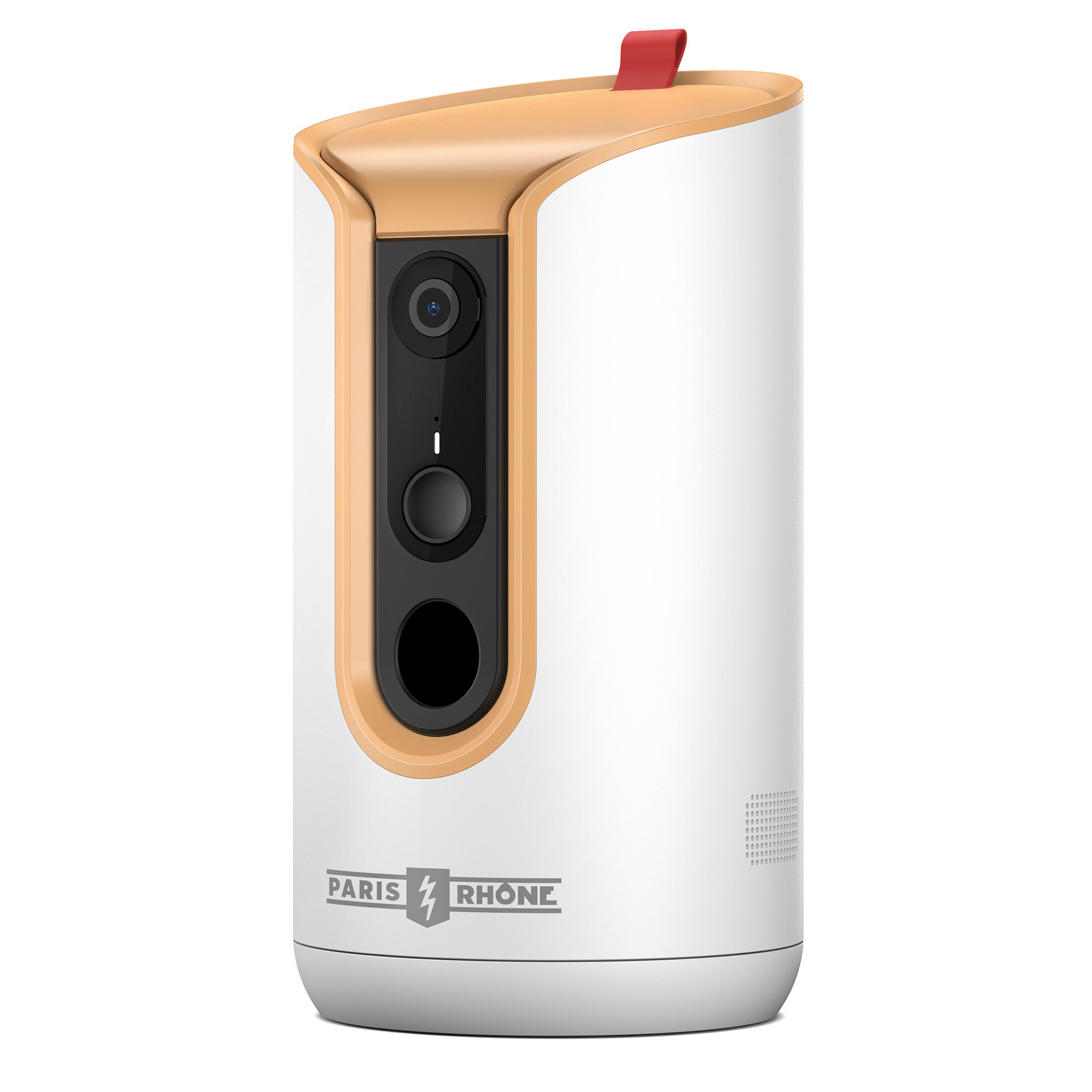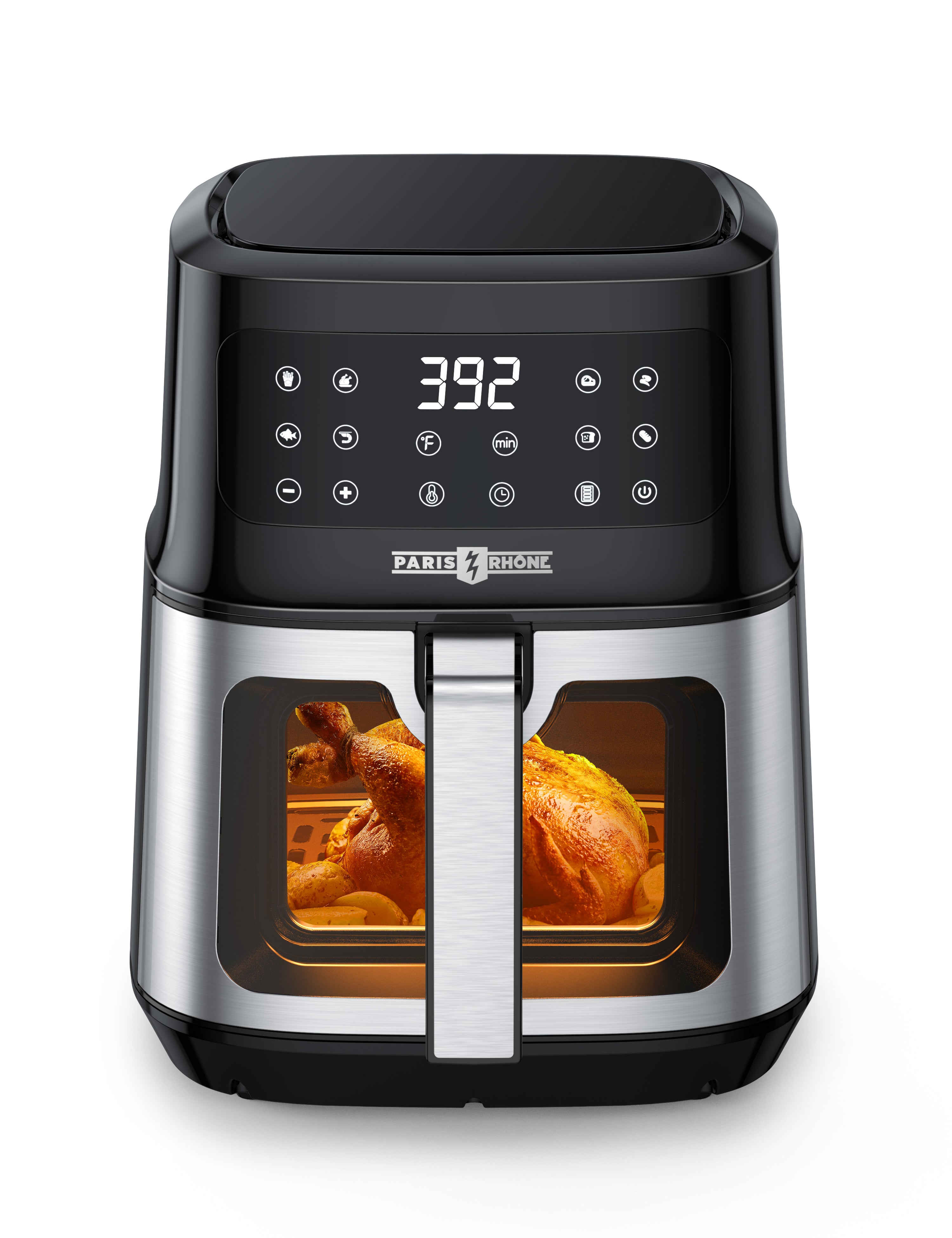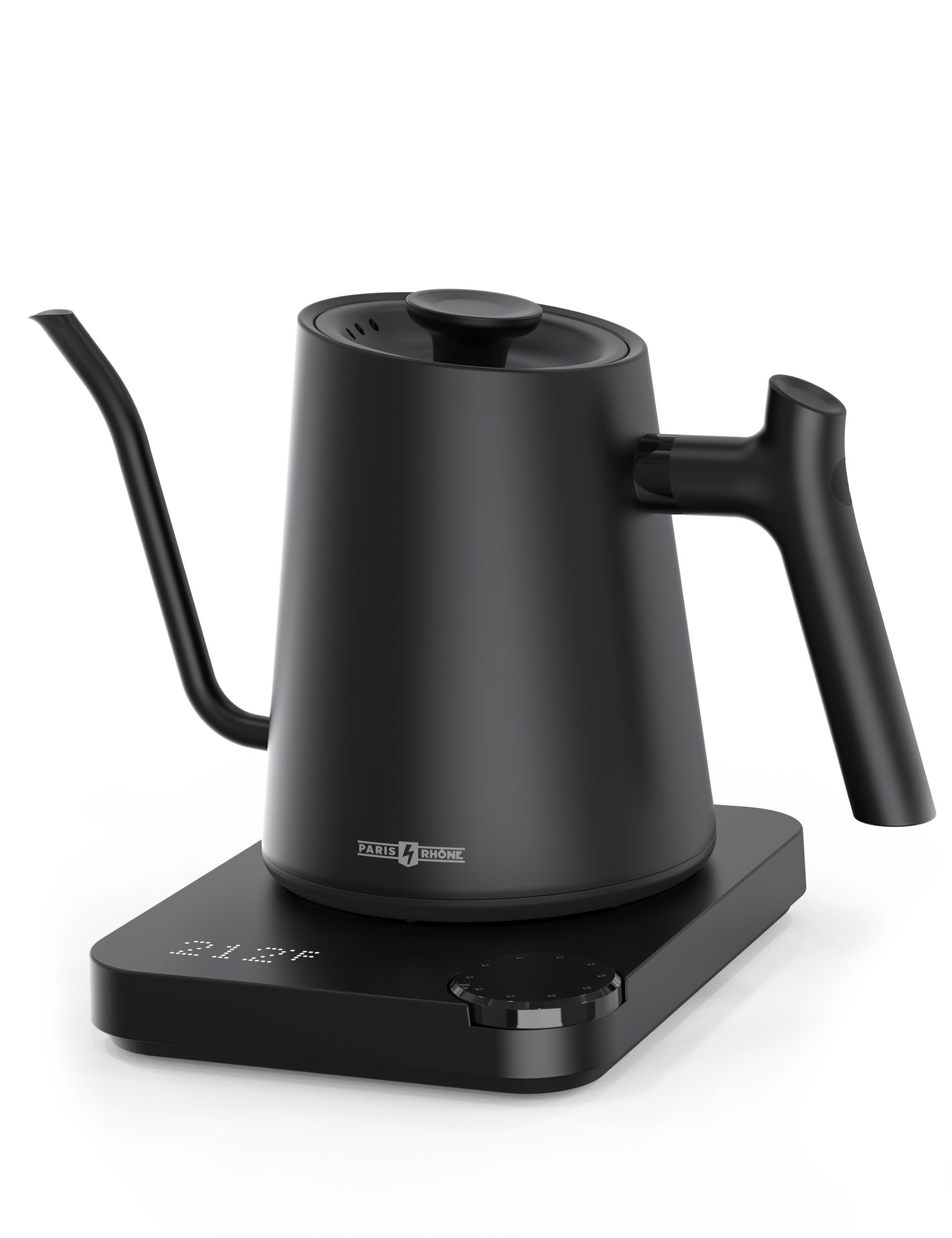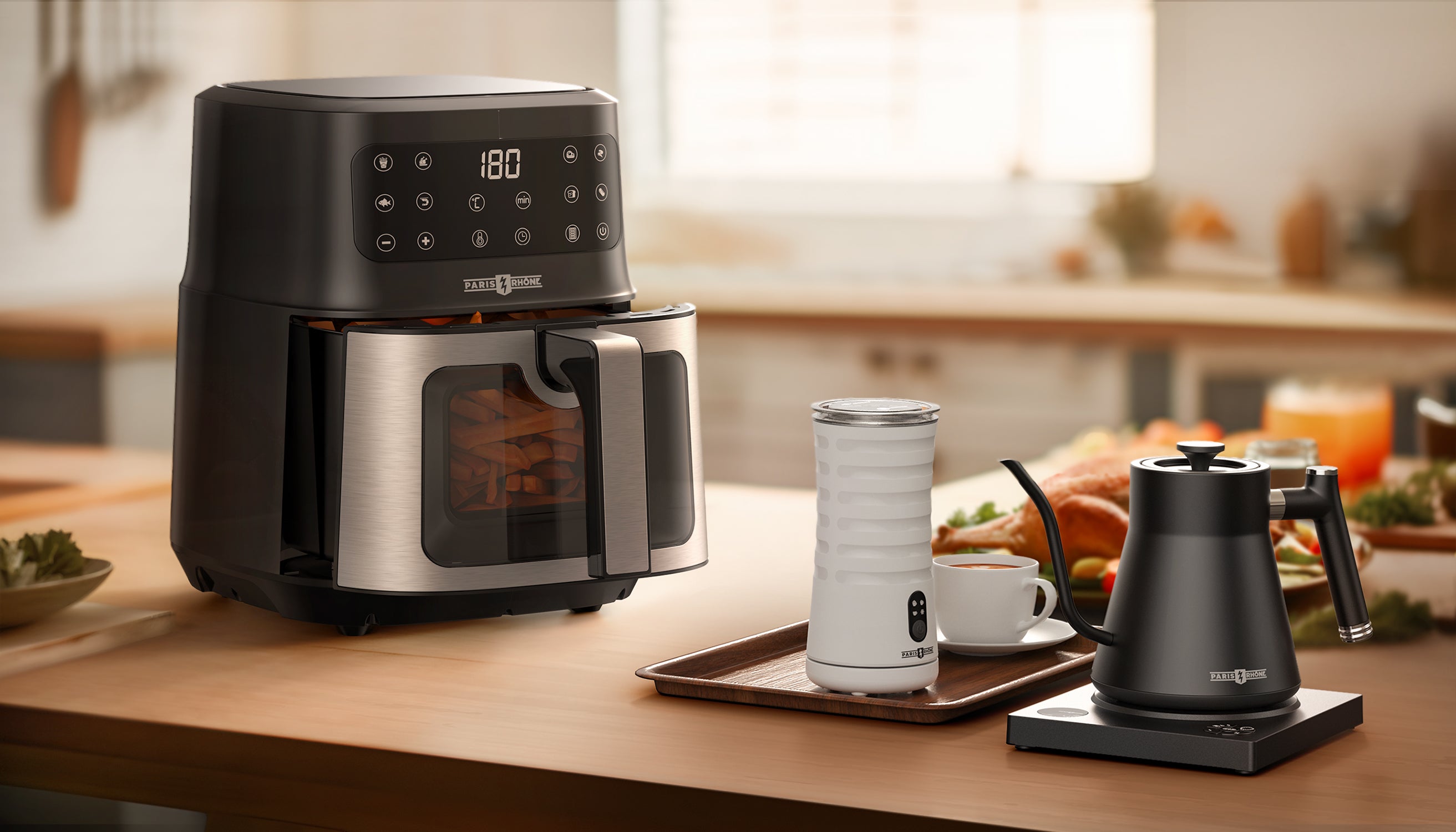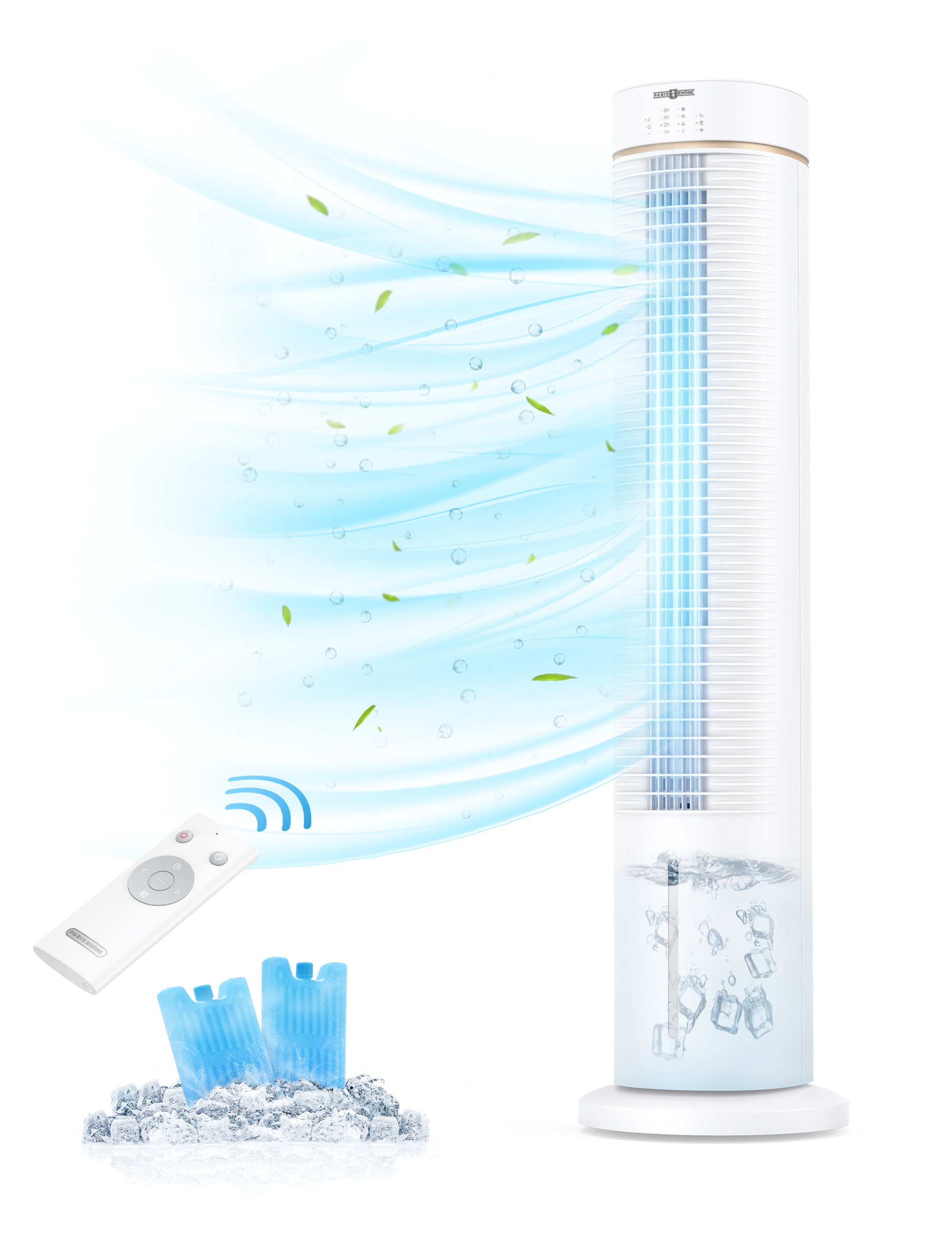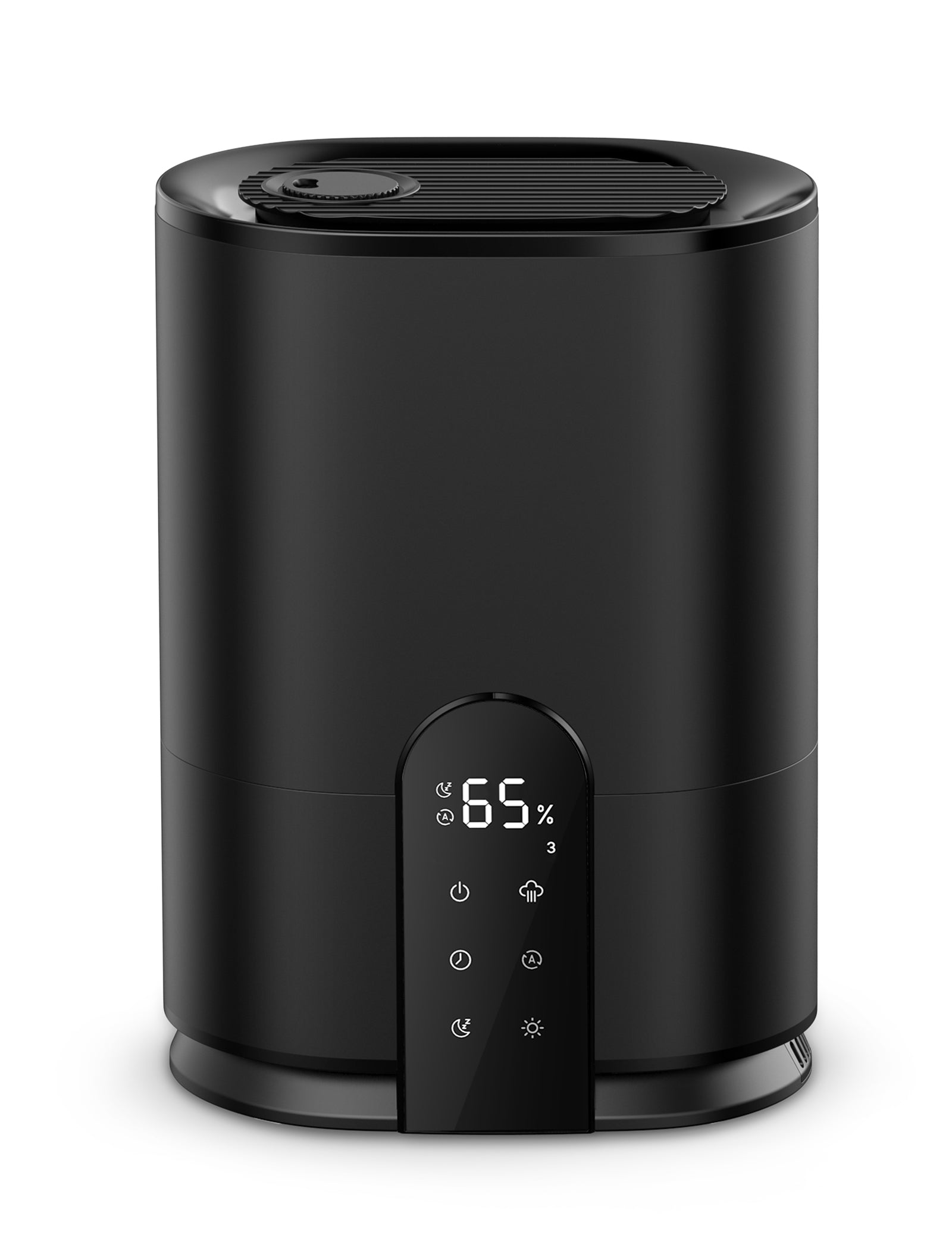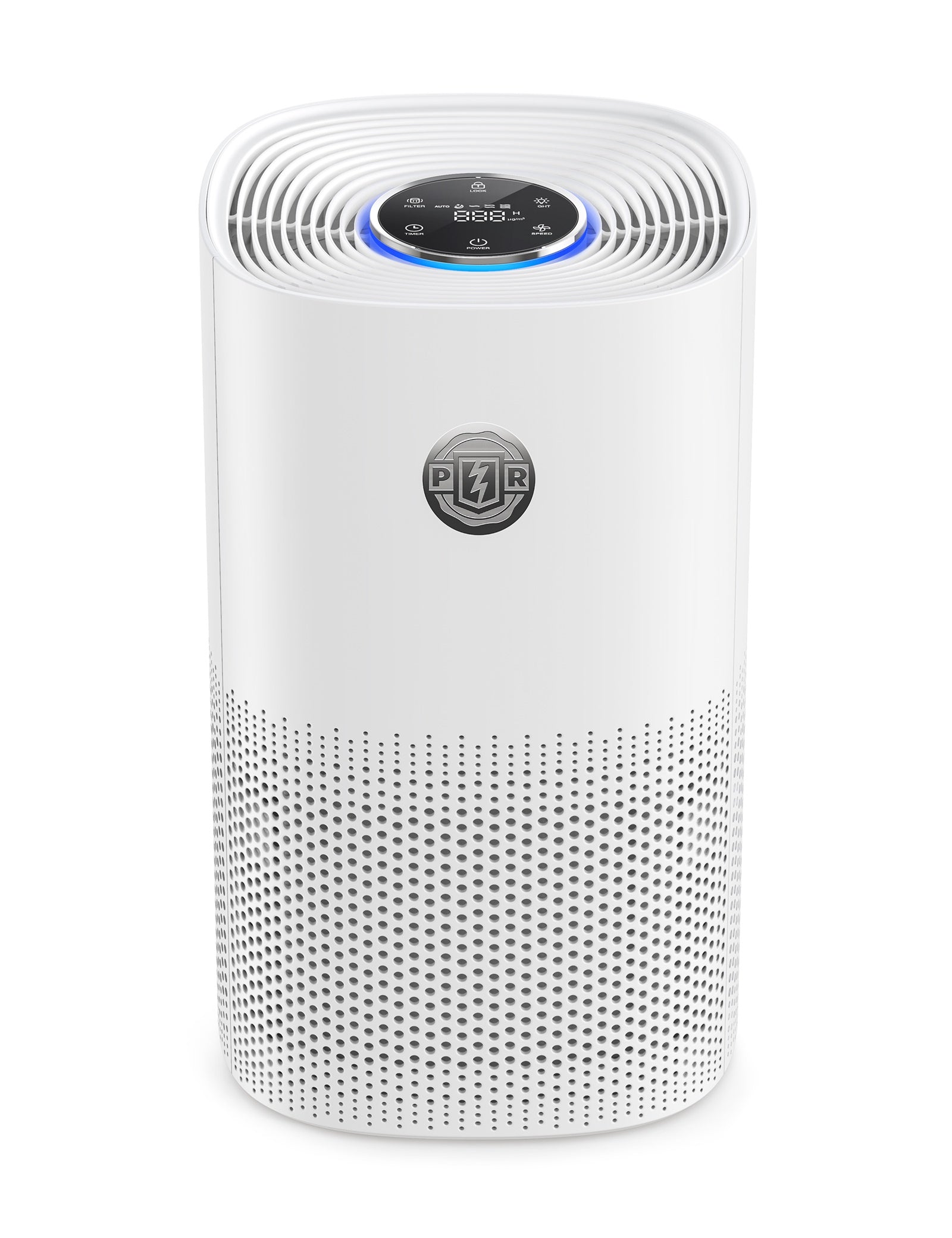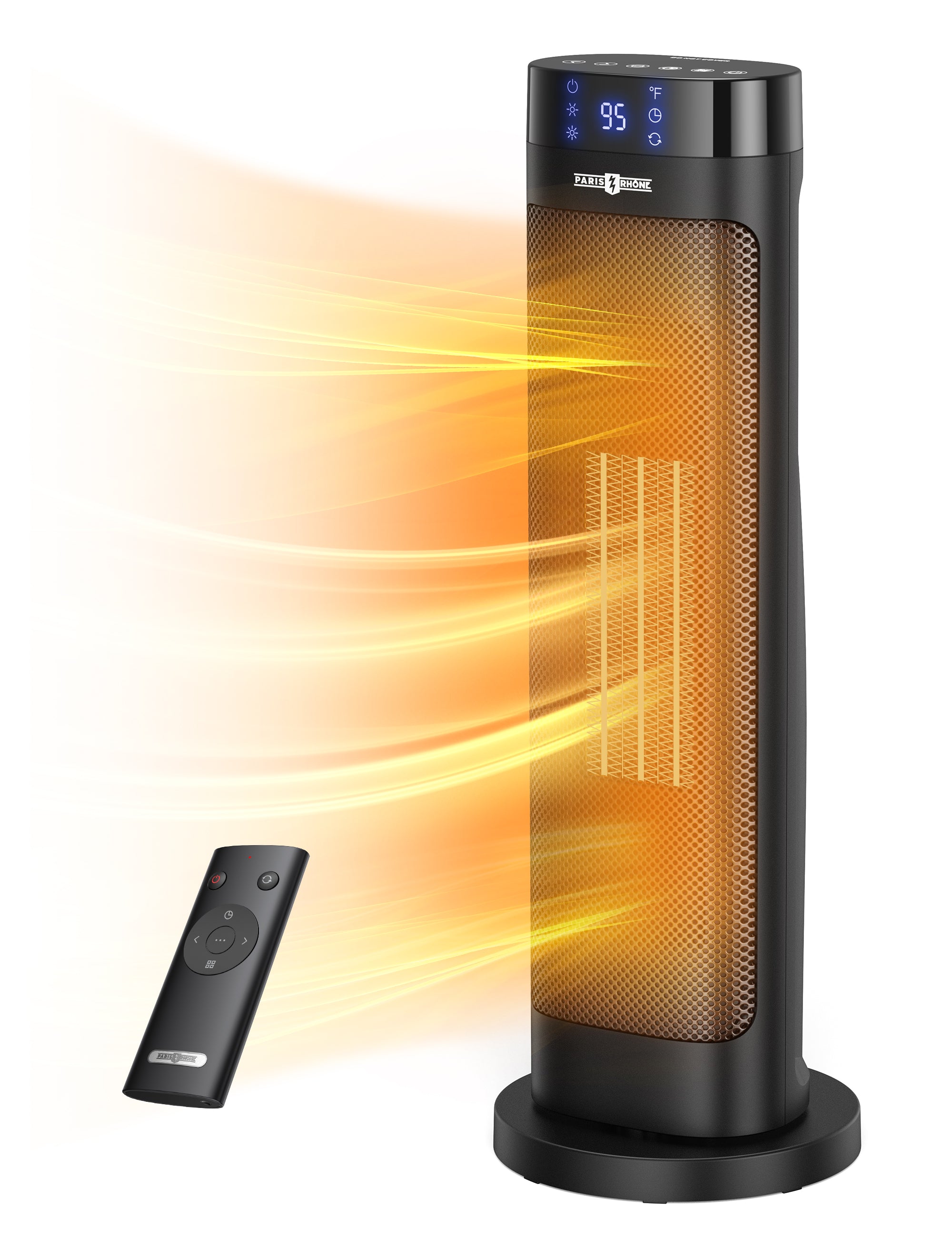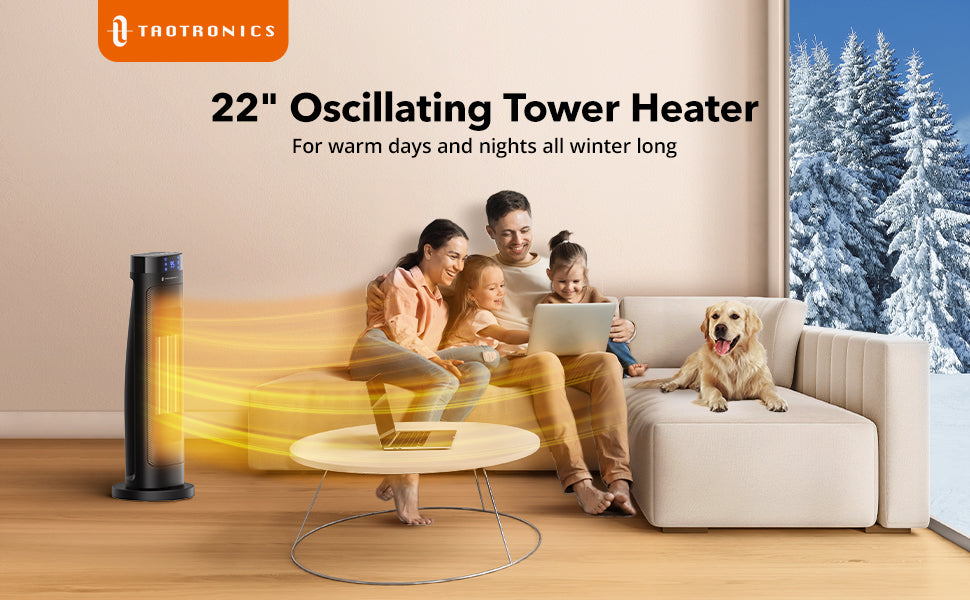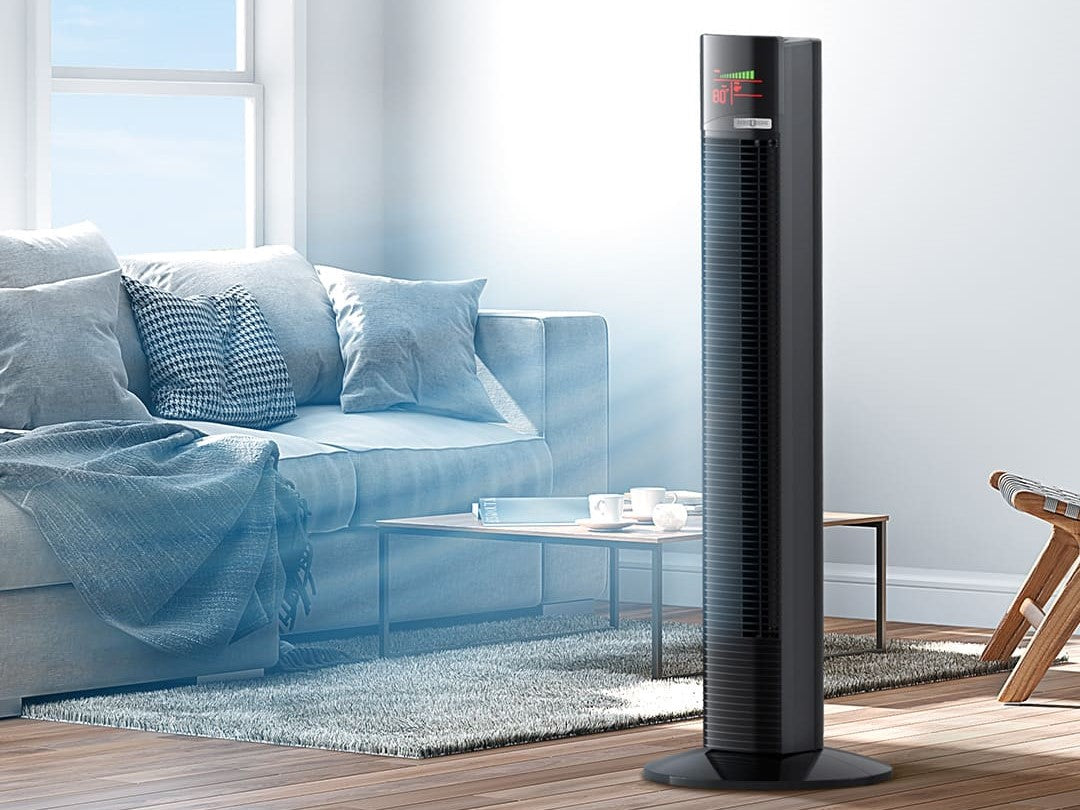Whether you're hoping to beat the summer heat or simply stay comfortable year-round, a fan is essential for indoor climate control. But with so many fan options on the market, it can be difficult to determine which style is best suited to your individual needs and environment. Tower fans and standing pedestal fans are two popular choices, each with its own unique benefits and drawbacks. This article will compare these two fan types in-depth to explore their design, performance, efficiency, safety, and more differences. We aim to help you identify the most important selection criteria so you can choose the fan that will maximize comfort while reflecting your aesthetic preferences.
Sleek Design and Space-Saving Benefits: Advantages of Tower Fans

The tower design of tower fans allows them to provide efficient, powerful airflow while occupying minimal floor space. Their slender cylindrical shape makes them an aesthetically-pleasing, space-saving choice for small rooms. The vertical orientation means tower wind machines can fit unobtrusively into corners and against walls without blocking pathways like traditional floor fans.
Tower wind circulators often feature advanced functionalities that enhance user convenience. Many incorporate multi-speed settings, programmable timers, and remote controls for effortless adjustment of airflow. Some tower airflow devices come with automatic modes that dynamically adjust the fan speed depending on the sensed temperature. Many also have LCDs indicating the selected settings and current room temperature.
Adjustable Height and Targeted Cooling: Benefits of Standing Pedestal Fans
The adjustable height design of standing pedestal fans makes them highly flexible cooling solutions. Users can raise or lower the fan head on the pole to precisely position the airflow where needed. This enables pedestal wind circulators to target cooling at specific seating areas, activity spots, or individuals within a room.
The pivotable fan heads of pedestal airflow devices allow the breeze to be directed at any angle, both horizontally and vertically. This makes it simple to aim the airflow at different heights and positions to reach all occupants and locations within a space.
Most standing pedestal wind machines feature customizable settings like multiple speed levels, oscillation modes, and timer functions. The oscillation cycles the fan head from side to side, distributing the breeze more evenly throughout the entire area.
Noise Levels and Sleep-Friendly Features: Comparing Tower and Pedestal Fans

Both tower fans and standing pedestal fans are available with features that make them suitable for the bedroom. However, tower fans generally produce lower noise levels that are better suited for sleeping and nighttime use.
Many tower and pedestal fans include a "sleep mode" setting that significantly reduces the fan speed and noise output. Features like remote controls and programmable timers further enhance the nighttime experience by allowing users to adjust the fan from the bed.
Key factors contributing to a more peaceful sleeping environment include low noise output, slower speeds, and remote operation. Tower fans, with their compact design and downward airflow, tend to produce less disruptive noise compared to pedestal fans with pivotable fan heads.
Energy Efficiency and Safety Considerations: Tower Fans vs. Pedestal Fans
Both tower fans and standing pedestal fans are typically considered energy efficient, though tower fans tend to be slightly more efficient due to their more compact size and motor design. Tower fans' vertically oriented design results in less wasted airflow, translating to higher power savings.
In terms of safety, both fan types commonly meet key industry certifications and include features that enhance safety. Many tower and pedestal fans offer child safety locks, automatic shut-off timers, and motion sensor controls.
Additional safety mechanisms include mechanical balancing systems, auto shut-off functions triggered when the fan is bumped or tilted, and anti-toppling features for stability. Standing pedestal fans, in particular, often have wide bases, low centers of gravity, and counterweights to reduce the risk of tipping over.
Conclusion
In summary, both tower fans and standing pedestal fans offer effective cooling solutions. The right choice ultimately comes down to evaluating your individual priorities, preferences, and lifestyle needs. By considering key factors like safety, efficiency, functionality, and aesthetics, you can determine which fan type will best meet your comfort requirements while enhancing the overall ambiance of your indoor spaces. While tower fans excel at providing a discreet yet powerful breeze in compact areas, pedestal fans offer unparalleled versatility in targeting cooling precisely where needed. With patience and a clear vision of how the fan will complement your unique environment, either elegant tower fans or adaptable pedestal fans can become indispensable tools for indoor temperature control, comfort, and relaxation.




